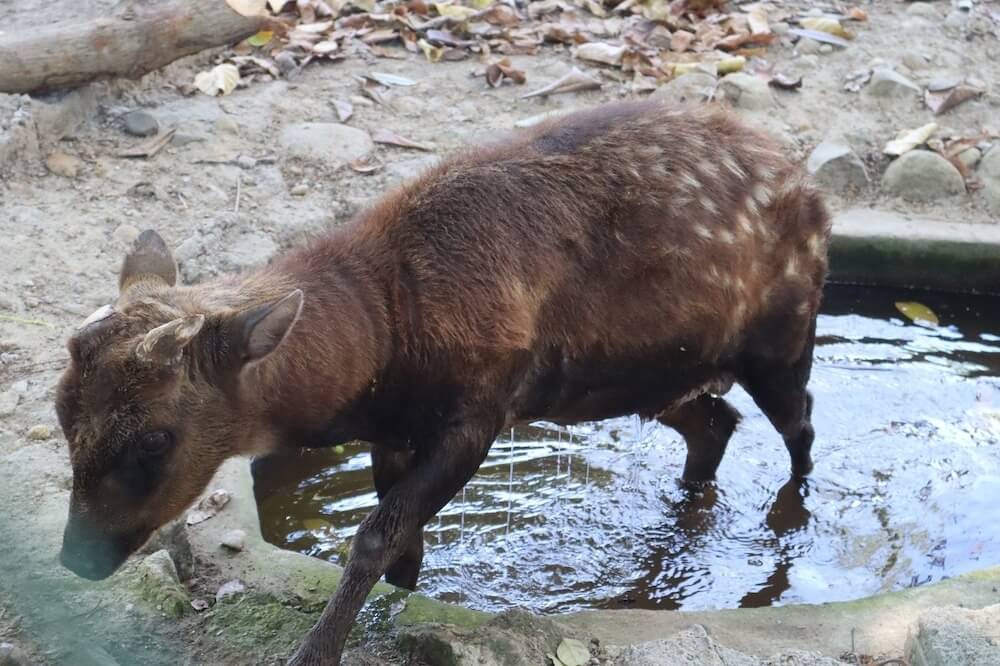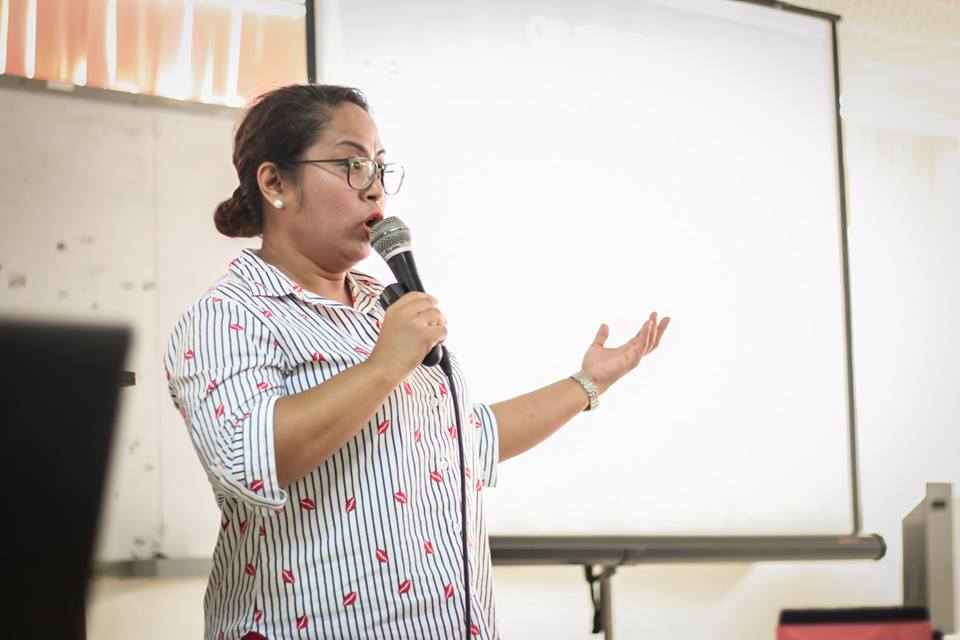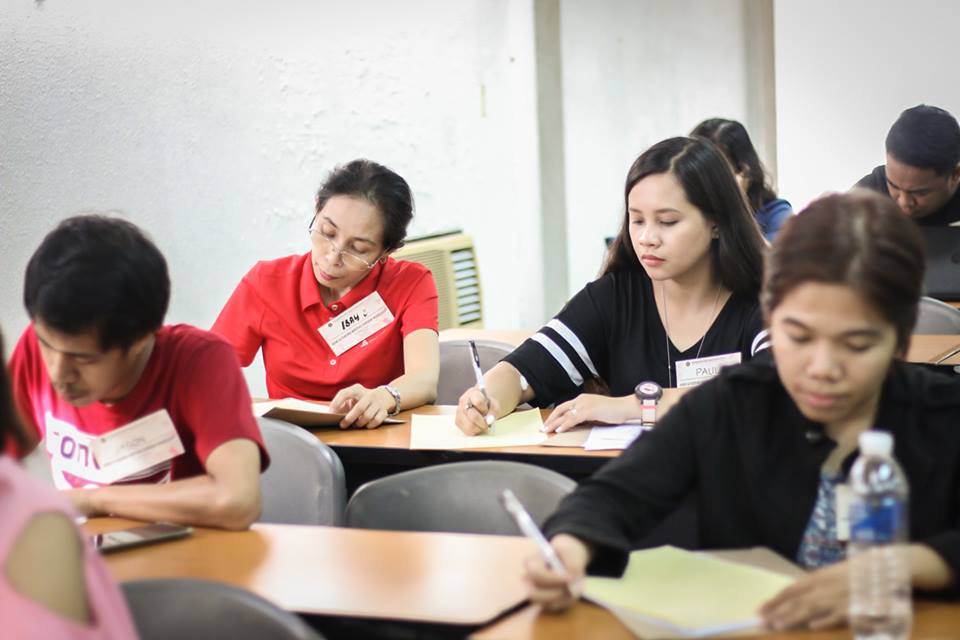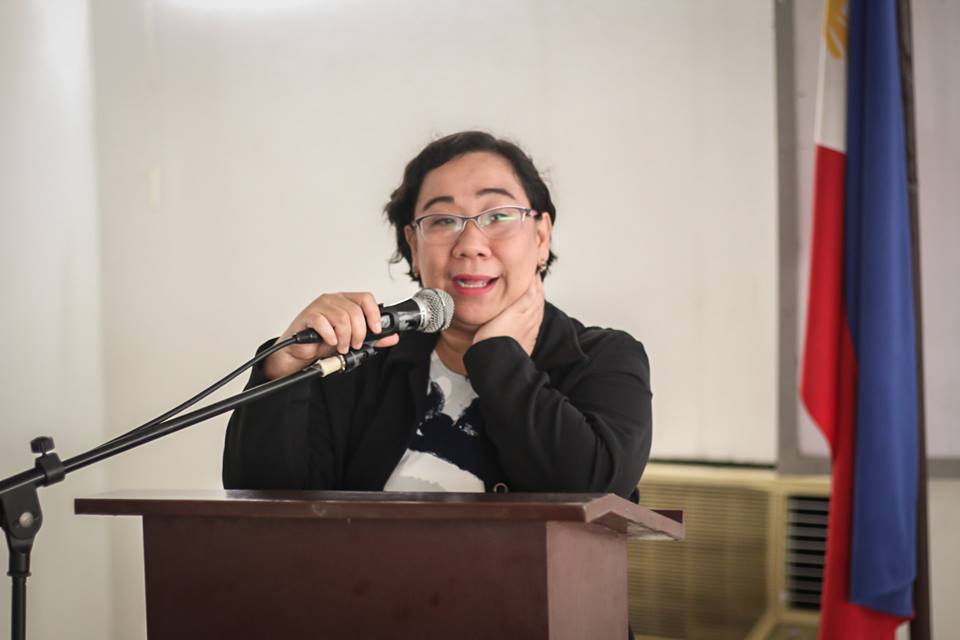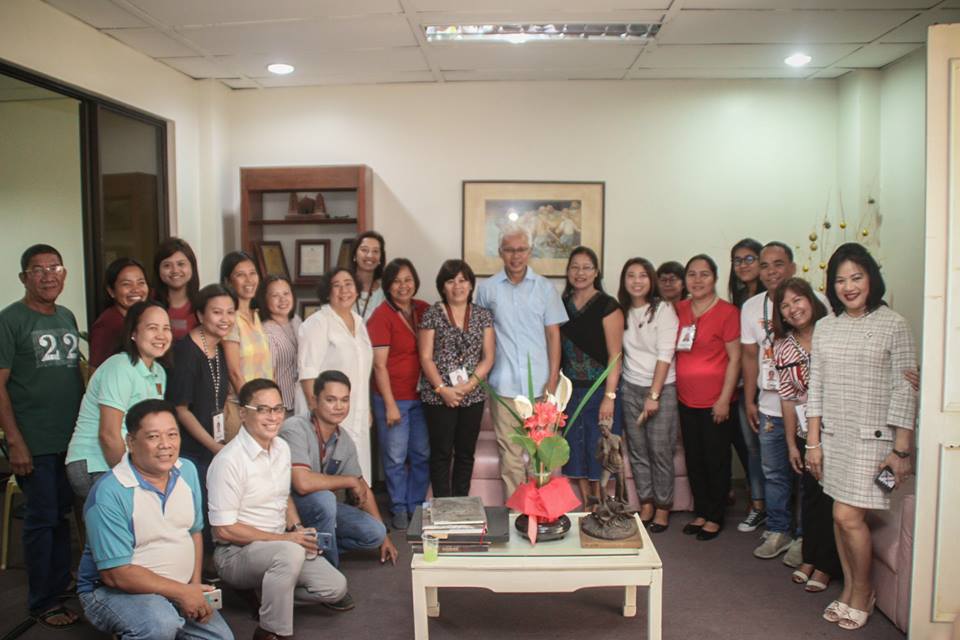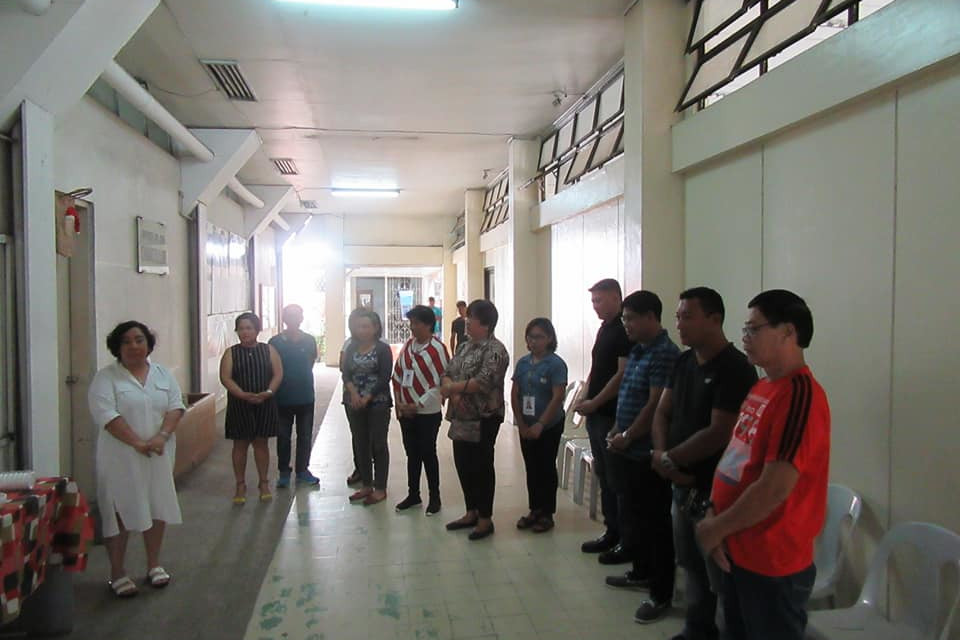Last December 2024, the Bangko Sentral ng Pilipinas launched the new polymer banknote series. Each polymer banknote denomination showcases the country’s rich biodiversity and cultural heritage. Additionally, the polymer series aims to raise awareness on the country’s endangered species like the Visayan Spotted Deer in the new 500-piso polymer banknote.
The endemic and critically endangered Visayan Spotted Deer (Rusa alfredi) is one of the rarest deer species in the world. Endemic to the country, the Visayan Spotted Deer once roamed the islands of Panay, Guimaras, Negros, Cebu, and Masbate. Habitat loss through deforestation and hunting has drastically reduced their numbers and only sparse populations remain in the mountainous regions of Panay and Negros.
Today, local researchers share a scientific milestone, the first draft genome sequence of the Visayan Spotted Deer (Rusa alfredi).
UP and Silliman University on conservation efforts
UP through its Philippine Genome Center’s satellite facility in UP Visayas [PGC Visayas] volunteered to sequence the genome of the Visayan Spotted Deer to support Silliman University’s conservation efforts - to preserve wild populations and establish captive breeding programs led by the Department of Biology and the Center for Tropical Conservation Studies (CENTROP). Currently, SU CENTROP has the largest captive-bred population of Visayan Spotted Deer in the world. It has been breeding the deer in captivity for the past three decades with the ultimate goal of releasing them back into their natural habitat and replenishing the dwindling wild population.
Genome Sequencing of Visayan Spotted Deer
Using next generation sequencers, PGC Visayas researchers sequenced and assembled the Visayan Spotted Deer’s genome to provide molecular information coded within the deer’s DNA.
Persie Mark Sienes, a lead researcher from the SU Biology
Department emphasized that the deer’s genome will be useful to design species-specific microsatellite markers, and subsequently assess genetic diversity, and levels of inbreeding of captive-bred populations.
Making available the draft genome sequence of the Visayan Spotted Deer will significantly contribute in improving current breeding efforts, and will likewise help mitigate the negative impacts of breeding with small population sizes. In a statement, Sienes mentioned that through this collaborative effort with UP, particularly with PGC Visayas, the first breeding intervention using the Visayan’s Spotted Deer’s genome is now possible.
In a separate statement, Prof. Victor Marco Emmanuel Ferriols, PhD, Assistant to the Executive Director for PGC Visayas shares that “boosting conservation efforts for the Visayan Spotted Deer highlights the homegrown talent and capabilities of our scientists and their ability to maximize investments in R&D infrastructure, especially those in the regions.”
Nurture early career researchers, provide enabling environment
The genome of the Visayan Spotted Deer is the first endangered endemic species to be sequenced and assembled exclusively in the country and showcases the country’s increasing capabilities in genomics research.
For the lead authors, Carmel Javier and Albert Noblezada, of the paper “Draft Genome of the Endangered Visayan Spotted Deer (Rusa alfredi), a Philippine Endemic Species”, their three-year efforts paid off when the manuscript was published in the journal GigaByte on February 24, 2025. (https://gigabytejournal.com/articles/150)
When asked about the challenges on sequencing the genome of world’s rarest deer species, Javier shared that it is not so much on actual laboratory work but more of acquiring permits to collect samples, and continuous funding support for genome sequencing as reagents and kits are costly. She added that the value of genomic studies may not be so obvious, or not yet fully recognized in the Philippines, however, sequencing the genome of the Visayan Spotted Deer opens more opportunities for research and collaboration to safeguard species conservation and preservation. Noblezada who did the bioinformatics analysis of the genome is hopeful for more collaborative opportunities for early career researchers in genomics research.
All-Filipino team passionate about conservation genomics
The scientific team behind this first for the country is composed of Ma. Carmel F. Javier, Albert C. Noblezada, and Dr. Victor Marco Emmanuel N. Ferriols of the University of the Philippines – Philippine Genome Center Visayas, Persie Mark Q. Sienes, Dr. Robert S. Guino-o, and Dr. Nadia Palomar-Abesamis of Silliman University, Dr. Maria Celia D. Malay of the University of the Philippines Diliman – Marine Science Institute, and Dr. Carmelo S. del Castillo of the University of the Philippines Visayas – National Institute of Molecular Biology and Biotechnology. Dr. Malay is also a former faculty member of the Division of Biological Sciences of UPV when the project was conceptualized. Dr. Ferriols and Dr. del Castillo are also faculty members from the Institute of Aquaculture of the University of the Philippines Visayas.
Moving forward, how about other species in the new polymer banknotes
PGC Visayas was established in 2019 with the support of the UP administration and DOST, and acquired its sequencers in 2021 during the height of the COVID-19 Pandemic through the support of the DOH and DBM. The PGC Visayas team is optimistic for more R&D collaboration with the thriving scientific community in the region. Additionally, the team is hopeful that more R&D partners and researchers nationwide are open to collaborate – perhaps to sequence the genome of the remaining endangered species in the new polymer banknote series, and beyond – for knowledge-sharing, capacity building, and conservation efforts of the Philippines’s rich flora and fauna.
--
About PGC Visayas
Located at Room 205, 2nd floor of the Regional Research Center Building of UP in Miagao campus, the Philippine Genome Center Satellite Facility in UP Visayas commonly known as PGC Visayas houses tools and equipment for genomics research and bioinformatics analysis for researchers in the region. The team offers extension and internship programs apart from its regular R&D services.
For R&D collaboration in – Omics research, email This email address is being protected from spambots. You need JavaScript enabled to view it. or contact this Cell Number 09178116643 or send a DM to their FB Page.

